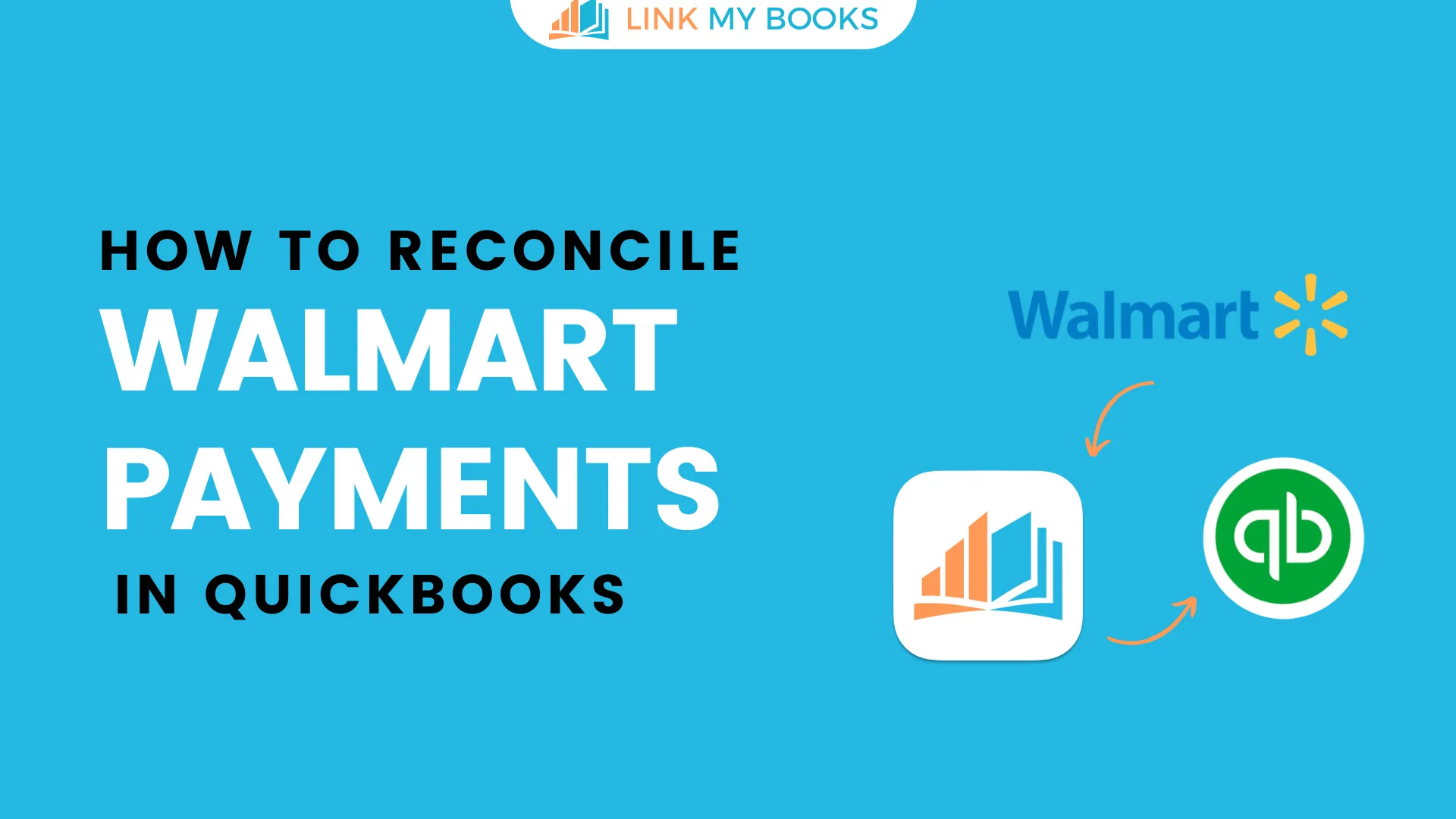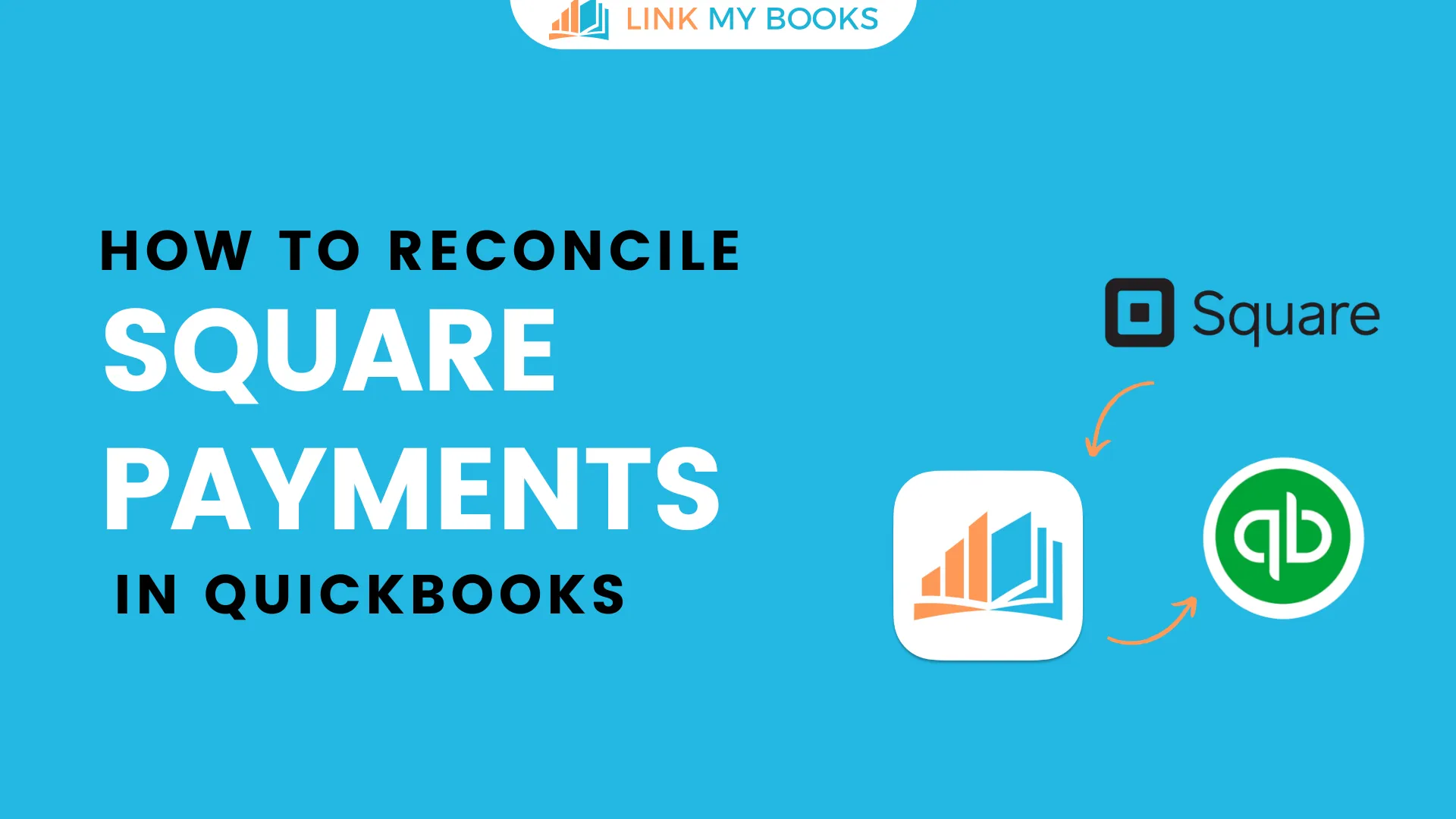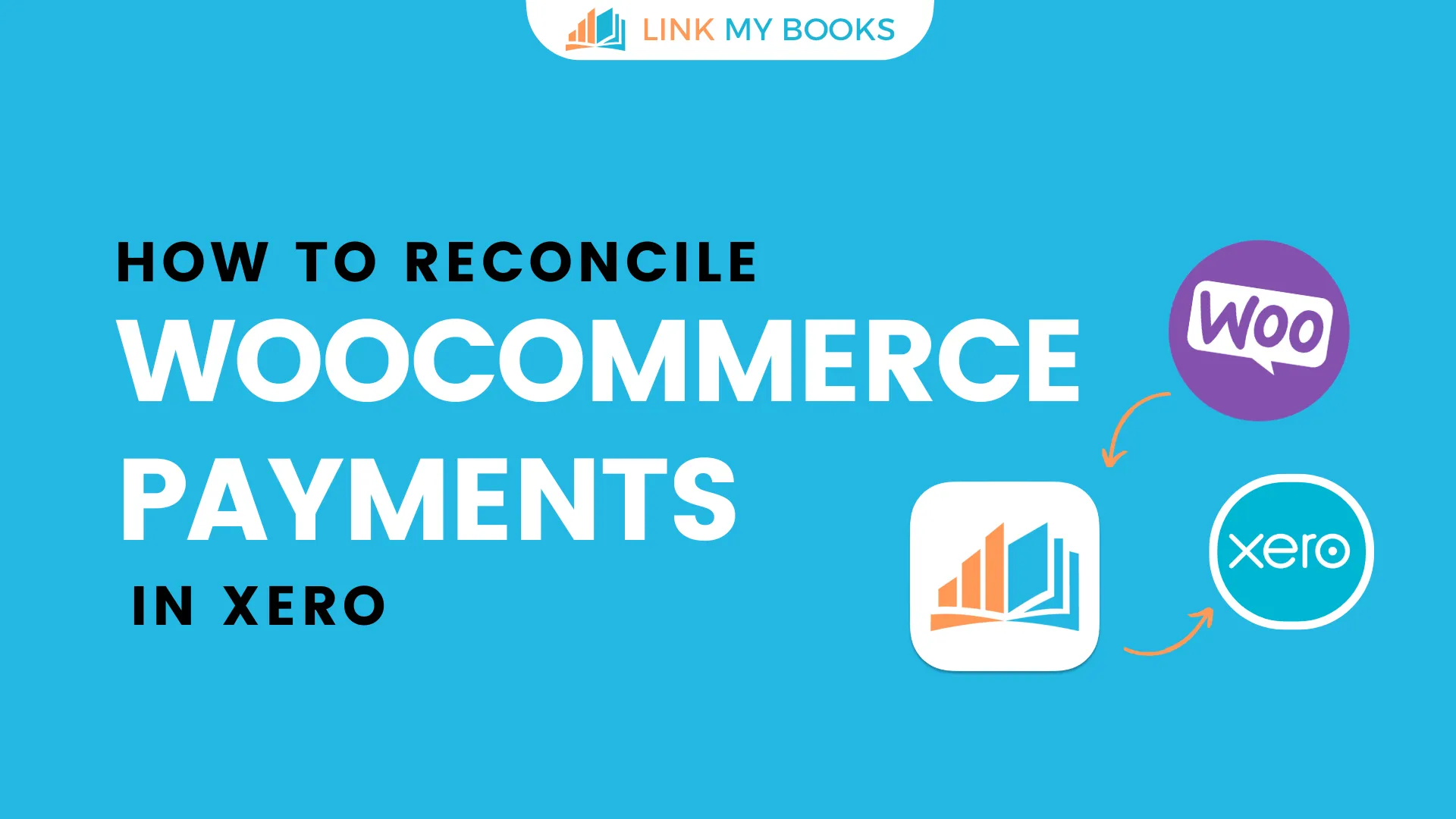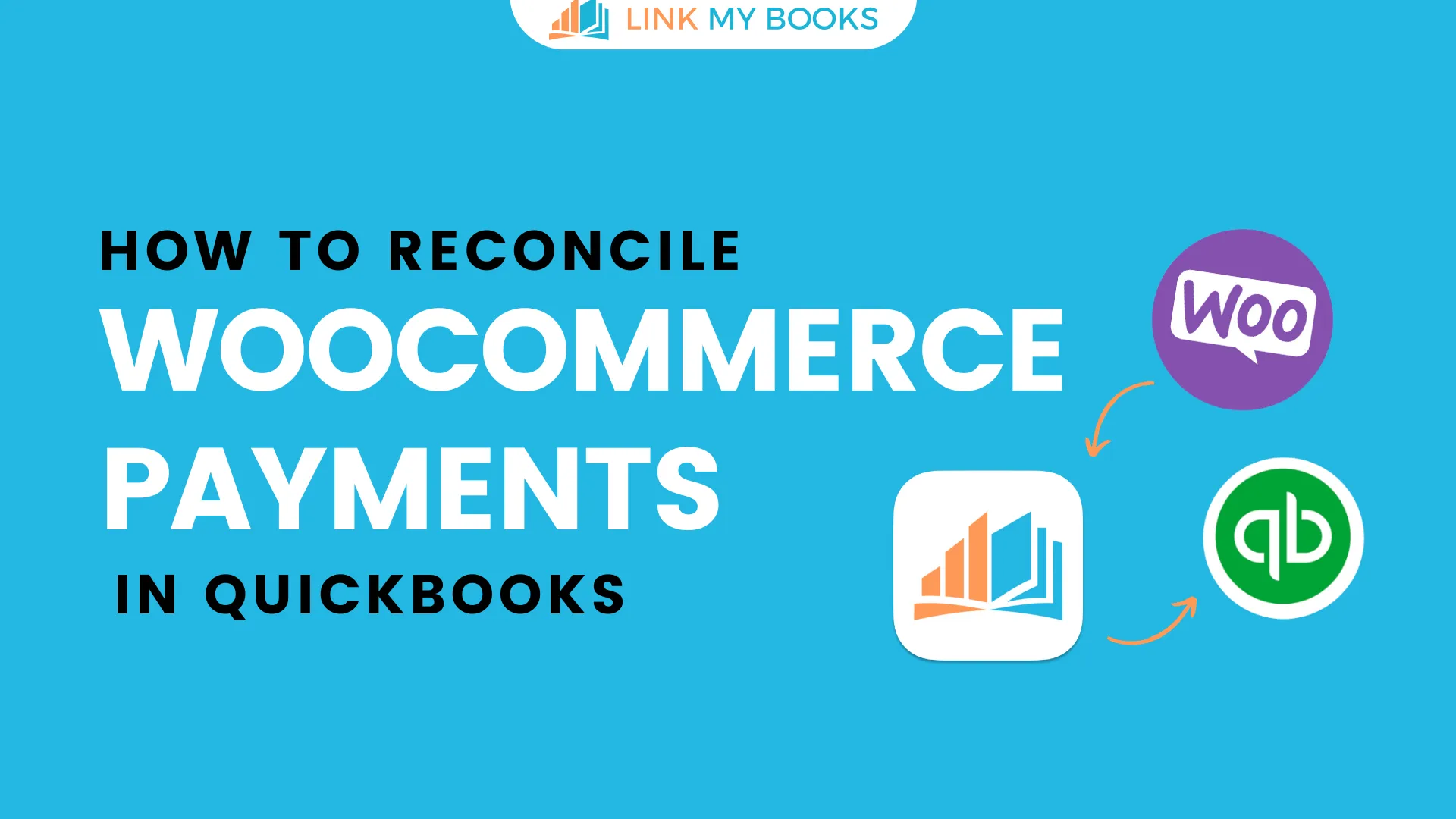As an Amazon seller, navigating the complexities of sales tax laws and regulations can be a daunting task. With the rapid growth of eCommerce and the ever-changing landscape of tax policies, accurately calculating and managing tax has become a critical aspect of running a successful online businesses. This is where a calculator comes into play, offering a powerful solution to streamline your tax calculations, ensure compliance, and maximize your profit margins.
In this comprehensive guide, we'll dive deep into the world of Amazon sales tax, exploring the intricacies of sales tax nexus, the benefits of using an Amazon tax calculator, and best practices for integrating sales tax management into your business operations.
Whether you're a seasoned Amazon seller or just starting your eCommerce journey, this guide will equip you with the knowledge and tools necessary to confidently navigate the complexities of sales tax and achieve long-term success.







Understanding Sales Tax on Amazon
The Basics of Sales Tax

Before we delve into the specifics of an example Amazon tax calculator, it's crucial to establish a solid foundation of understanding sales tax and its implications for Amazon sellers. At its core, sales tax is a consumption tax levied by state and local governments on the sale or purchase of goods and services.
As an Amazon seller, you are required to collect sales tax from customers and remit to the appropriate tax authorities may vary, based on your sales and income tax nexus.
Sales Tax Nexus Explained
Sales tax nexus is the term used to describe the point of connection between your businesses, customers and a state that triggers an obligation to collect sales tax.
This point of connection can be established through various factors, such as physical presence (e.g., a warehouse or office), economic thresholds (e.g., reaching a certain tax amount based on sales or transactions), or other criteria determined by individual states.
It's essential to understand that nexus laws vary widely from state to state, making it imperative for Amazon sellers to stay informed and stay compliant with the specific requirements of each jurisdiction in which they operate.
The Impact of the Wayfair Decision
To further complicate matters, the landscape of sales tax nexus has undergone significant changes in recent years, particularly in the wake of the landmark Supreme Court decision in South Dakota v. Wayfair, Inc. (2018).
This ruling paved the way for states to impose sales tax collection obligations on remote sellers, even if they lack a physical presence in the state, based on economic nexus thresholds. As a result, each state and country implemented or revised their economic sales tax and economic nexus, laws, requiring Amazon sellers to closely monitor their sales volume and tax collection obligations in each state.
The Importance of Accurate Sales Tax Calculation
Given the intricacies of sales tax nexus and the potential consequences of non-compliance, such as audits, penalties, and interest charges, it's crucial for Amazon sellers to have a robust system in place to calculate and collect sales tax on their transactions with customers.
This is where an Amazon tax calculator becomes an invaluable tool, simplifying the process and ensuring accuracy in your tax calculations. With automated systems in place you'll calculate less and sell more!
Choosing the Right Amazon Sales Tax Calculator

Key Factors to Consider
With a multitude of Amazon tax calculators available on the market, selecting the right one for your business can be a challenging task.
To make an informed decision, it's essential to consider several key factors that can impact the effectiveness and efficiency of your sales tax collection management process.
Integration with Amazon Seller Central
First and foremost, look for a calculator that seamlessly integrates with your Amazon Seller Central account. This integration allows for automatic data synchronization, ensuring that your transactional data is accurately imported into the calculator in real-time. By eliminating the need for manual data entry, you can save valuable time and reduce the risk of errors in your tax sales tax calculations.
Accuracy of Sales Tax Rates
Another crucial aspect to consider is the accuracy of sales tax calculation and rates used by the calculator. With sales taxes varying widely across states, counties, and even cities, it's essential to choose a calculator that utilizes up-to-date, combined sales tax report and data. Look for a solution that regularly updates its sales tax rate database, taking into account any changes in sales tax laws and regulations. This ensures that you are always applying the correct rates to your transactions, minimizing the risk of over or underpaying taxes.
Customization Options
Customization options are also a key consideration when selecting an Amazon tax calculator. Every business is unique, for example, with its own set of products, shipping methods, and customer base.
Therefore, it's important to decide on a calculator that allows you to tailor its settings to your specific business needs. Look for features such as the ability to set up product taxability, specify shipping and handling taxes, and configure exemptions or discounts.
This level of customization ensures that your tax calculations accurately reflect the nuances of your business operations.
Reporting and Filing Features
In addition to calculation capabilities, consider the report and file features offered by the Amazon tax calculator.
A comprehensive solution should generate detailed reports that break down your sales tax liabilities by location, as well as provide insights into your overall sales performance.
These reports not only help you stay organized and informed but also simplify the process of preparing and submitting your sales tax returns. Some calculators even offer the option to automate tax processing, saving you time and ensuring compliance with tax deadlines.
Customer Support
Finally, don't overlook the importance of customer support when choosing to purchase an Amazon tax calculator. Navigating the complexities of taxes can be challenging, and having access to knowledgeable and responsive support can make a significant difference in your experience.
Look for a provider that offers multiple customer support channels, such as email, phone, and live chat, as well as comprehensive documentation and resources to help you get the most out of the calculator.
By carefully evaluating these factors and selecting an Amazon tax calculator that aligns with your business needs, you can streamline your sales tax management process, reduce compliance risks, pay tax less, and priotise growing your Amazon business.
How to Calculate Sales Tax on Amazon

Now that you've chosen the right Amazon tax calculator for your business, let's explore the step-by-step process of calculating sales tax on your Amazon transactions.
Step 1: Connect Your Amazon Seller Central Account
Begin by integrating your Amazon Seller Central account with a sales tax calculator. This registration process typically involves providing your login credentials and granting the necessary permissions for the calculator to access your transaction data. Once connected, the calculator will automatically import your sales data, including item prices, shipping charges total tax due, and customer locations.
Step 2: Set Up Tax Settings
Configure your tax settings within the calculator to accurately calculate sales tax rates that reflect your business operations. This includes specifying product taxability, indicating whether shipping and handling charges are taxable, calculating sales tax, and setting up any applicable exemptions or discounts. By tailoring these settings to your unique business requirements, you ensure that the calculator applies the appropriate rates to each transaction.
Step 3: Review Transactions
Regularly review your imported Amazon transactions to verify that the calculator is accurately determining the tax status of each item and applying the correct tax rate.
Pay close attention to transactions involving products with mixed taxability or those shipped to states with complex tax laws. If you notice any discrepancies or have questions about specific transactions, reach out to the calculator's support team for guidance.
Step 4: Analyze Reports
Utilize the report features provided by the Amazon tax calculator to gain valuable insights into your sales tax liabilities. Generate reports that break down your tax obligations by area, as well as by product category or time period. These reports will help you understand your sales tax exposure, identify trends, and make informed decisions about your pricing and marketing strategies.
Step 5: Reconcile and Remit
Use the calculator's reconciliation tools to match your collected sales tax with your Amazon payouts. This process ensures that you accurately collect and account for and pay all applicable taxes. Once reconciled, prepare and file your sales tax returns using the calculator's reconcilliation features or by manually submitting them to the appropriate tax authorities. Be sure to adhere to the deadlines and requirements to pay for your taxes in each jurisdiction to avoid penalties and interest charges.
By following these steps and leveraging the capabilities of an Amazon tax calculator, you can efficiently manage your sales tax obligations, minimize compliance risks, charge sales tax, and ensure that you are collecting and remitting the correct tax amounts for the item price in each transaction.
Managing Sales Tax Collection and Compliance
Effectively managing sales tax on Amazon extends beyond accurate calculation. It also requires implementing best practices for tax collection and maintaining compliance with ever-changing tax laws and regulations. Here are some key strategies to help you stay on top of your sales tax obligations:
Monitor Nexus Thresholds
Keep a close eye on your sales volume and transactions and collect sales tax, in each state where you sell products. Regularly compare your activity against the nexus thresholds established by each state, as crossing these thresholds can trigger new sales tax collection and submission requirements.
Implement a system to alert you when you are approaching or have exceeded these thresholds, allowing you to proactively register for sales tax permits from country to country and adjust your tax settings accordingly.
Maintain Accurate Product Taxability
Ensure that you have correctly classified your inventory of products for tax purposes. Many states have specific rules regarding the taxability and sale of certain items, such as food, clothing, or digital goods. Regularly review and update your inventory and product taxability settings within your Amazon tax calculator to guarantee that you are collecting sales tax on the appropriate items.
Manage Exemption Certificates
If you sell to tax-exempt customers, such as resellers or non-profit organizations, it's crucial to obtain and maintain valid exemption certificates. Develop a system for collecting, storing, and regularly updating these certificates to support your tax-exempt sales. Failure to properly manage exemption certificates can result in audit risks and potential liability for uncollected taxes.
Stay Informed of Tax Law Changes
The world of sales taxes is constantly evolving, with states implementing new laws, rules, and regulations. Make it a priority to stay informed about these changes and their impact on your business.
Subscribe to industry publications, attend webinars, and regularly consult with tax professionals to ensure that you are aware of any updates that may affect your sales tax obligations. Adapt your sales tax and settings and processes as necessary, staying compliant.
Conduct Regular Self-Audits
Periodically conduct self-audits of your sales tax processes to identify any errors, discrepancies, or areas for improvement. Review your transaction data, tax settings, and filing period, to ensure accuracy and completeness. When you proactively identify and address any issues, you can reduce the risk of costly audits and penalties down the line.
Seek Professional Guidance
Navigating the complexities of sales taxes can be overwhelming, especially for growing small businesses. Don't hesitate to seek guidance from tax professionals, such as certified public accountants or tax attorneys, who specialize in eCommerce taxation.
These experts can provide valuable advice, help you develop robust tax strategies, and ensure that you are meeting all of your legal tax obligations.
By implementing these best practices and staying vigilant in your sales tax management, you can minimize compliance risks, avoid costly mistakes, and create a solid foundation for the long-term success of your Amazon business.
Integrating Sales Tax Management into Your Business Operations

Effectively managing sales tax on Amazon requires more than just accurate calculations and compliance with tax laws. To truly streamline your operations and maximize your revenue, it's essential to integrate sales tax management into your overall business processes. This is where tools like Link My Books come into play, offering a comprehensive solution for automating sales tax calculations, report, and file for Amazon sellers.
The Benefits of Link My Books
Link My Books is a powerful software platform that seamlessly integrates with your Amazon Seller Central account, automatically importing your transaction data and applying the appropriate sales tax rates based on the shipping destination of each order.
By eliminating the need for manual data entry and calculations, Link My Books saves you valuable time and reduces the risk of errors in every sales tax report.
Handling Sales Tax Nexus and Product Taxability
One of the key advantages of using Link My Books is its ability to handle the complexities of sales tax nexus and product taxability. The platform continuously updates its tax rates database to ensure that you are always applying the most current and accurate sales tax rate to your transactions.
It also allows you to customize your tax settings based on your specific location, product catalog and business requirements, ensuring that you are collecting the correct tax amount on each item sold.
Reporting and Filing Features
In addition to accurate tax calculations, Link My Books provides a range of report and filing features designed to simplify your sales taxes management process.
The platform generates detailed reports that break down your sales tax liability by state, county, and city, as well as by product category and filing period. A quality report will provide valuable insights into your sales taxes and help you identify trends and opportunities for optimization.
Automated Filing Process
Link My Books also offers the option to automate your sales tax filing process, saving you time and ensuring compliance with tax deadlines.
The platform prepares your sales tax returns based on your transactional data and filing frequency, and it can even submit the returns on your behalf in many jurisdictions. This automation reduces the administrative burden of managing sales tax and allows you to focus on growing your Amazon business.
Real-World Success Story
But don't just take our word for it. Hear from one of the many satisfied Amazon sellers who have experienced the benefits of using Link My Books for their sales tax management:
"As a busy Amazon seller, I was struggling to keep up with the constantly changing sales tax laws and regulations. Link My Books has been a game-changer for my business. The platform will automatically calculate my Amazon taxes based on the most current rates, and it generates detailed reports that make it easy to understand my tax liabilities. Plus, the automated filing feature has saved me countless hours and given me peace of mind knowing that my returns are filed accurately and on time. I highly recommend Link My Books to any Amazon seller looking to streamline their sales tax management and staying compliant." - Sarah M., Amazon Seller
By integrating a comprehensive solution like Link My Books into your business operations, you can automate your sales tax management, reduce compliance risks, and free up valuable time and resources to focus on what matters most—growing your Amazon business, make your life easier and maximize your profit potential
Wrapping Up Regarding Sales Tax Liability
As the eCommerce landscape continues to evolve and sales tax laws become increasingly complex, using an Amazon taxes calculator has become an essential tool for online sellers.
By understanding the intricacies of sales tax nexus, choosing the right calculator for your business needs, and implementing best practices for your sales tax collection, and compliance, you can navigate the challenges of sales tax management with confidence and ease.
Integrating a powerful solution like Link My Books into your business operations takes your sales tax management to the next level. Spend less time worrying about your sales tax reports and more time focussed on your customers
By automating your tax calculations, reporting, and processes, you can save time, reduce errors, and minimize the risk of costly audits and penalties. With Link My Books, you can prioritize what you do best—selling products, delighting customers, and growing your Amazon business.
Use Link My Books to Save Time and Stress

Don't let the complexities of sales taxes hold you back from achieving your full potential as an Amazon seller. Invest in the right tools, stay informed about tax laws and regulations, and prioritize compliance to ensure the long-term success and profitability of your eCommerce venture.
By mastering the art of sales tax management with the help of an Amazon tax calculator and Link My Books, you can confidently navigate the ever-changing landscape of online selling and build a thriving business that stands the test of time.
Ready to simplify your Amazon sales tax management and take your eCommerce business to the next level?
Sign up for Link My Books today and experience the power of automated tax calculations, reporting, and filing.
Don't let sales tax hold you back—join the thousands of Amazon sellers who trust Link My Books to streamline their operations and grow their businesses. Get started today and take control of your sales tax management!
Start your free trial now and see how Link My Books can save you time, reduce errors, and help you stay compliant with even the most complex sales tax laws!



















.png)